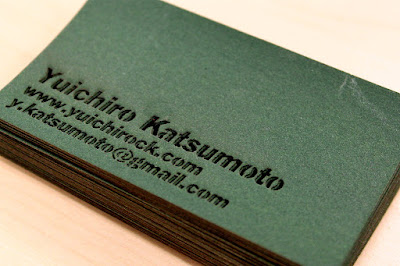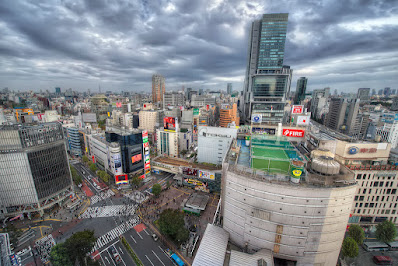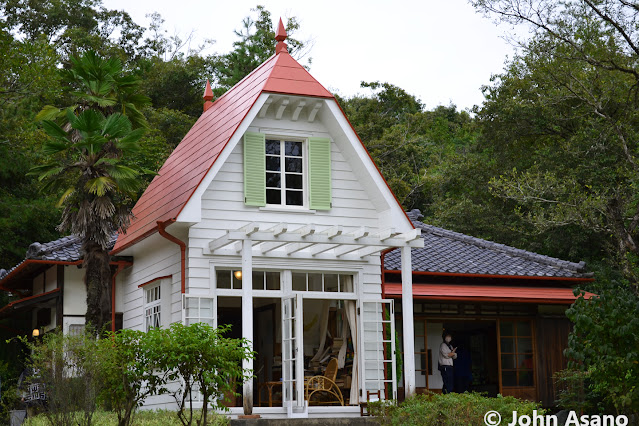Research & Select your Destination
The first thing to do when planning a trip overseas is to figure out where exactly you want to go. The tricky thing is that there are so many amazing destinations to choose from, so this might be the hardest part of the whole process! You can start by listing the top locations you want to visit and seeing how feasible it is to visit each location. This can be in terms of the time of year you want to visit, the weather, the cost or the amount of tourism. Luckily, once you make a decision on where you will be going on your vacation, everything else is not so bad to plan!
Flights & Airport Parking
The next step is choosing your flight! There are countless sites to help you find the cheapest flights and if you start looking super early you can track the flights and purchase them when they are at their lowest! It is important to keep in mind that sometimes the cheapest flights have longer journey times with multiple stops, especially if you are flying to a destination that is located very far away from Australia. The most important thing is to decide what is most important to you, the cost of the ticket or the ease of the travel experience!
If you are planning on driving to the airport with your luggage and family or friends, be sure to check out Flyparks well in advance too. Flyparks is an online comparison site for parking across the biggest airports in Australia and New Zealand. So if you want to save on airport parking and find the best deals on Melbourne, Sydney, Adelaide or even
Perth Airport Parking, then Flyparks is the place for you!
Visa Requirements & Passport Expiry
Next, you should check to ensure that your passport is valid and that it will not expire while you are away on your vacation. Also be sure to see if it's required for you to get an entry visa or travel visa for your specific destination. That way you won't be surprised on entry.
2.) Stay Safe
Travel Insurance
It is very important to be insured while you are on your trip with the best policy you can find. Be sure to research as many policies as you can and read in depth what you will be covered for.
Be sure that you also book flights and accommodations with flexible or return policies in case anything happens unexpectedly.
Watch your Valuables
In addition, it is important to keep your possessions as safe as possible. The first thing you can do is to not bring too many valuable items including cameras, computers and other electronics. This can be too stressful to carry or to leave at the hotel room and you don't want to be worrying about that while you are trying to have an amazing vacation!
Also, if you bring important items with you while you are sightseeing, be sure to have a safe backpack with hidden zippers or even a lock! In addition, consider wearing your backpack in front of you to be sure that no one will steal anything while you are not looking. It may not be your desired look but it is better to be safe than sorry!
Make Copies of Important Documents
Lastly, be sure to have a plan for if something goes wrong. Have copies of all documents and emergency contact information with you at all times so that you are prepared.
Ensure you will have Access to your Money
Be sure that the credit/debit cards you are bringing are common forms of payment in the location you are visiting! Some destinations often only take cash, or specific types of credit cards. It is important to have cash with you in the local currency to ensure that you can always pay for something or in case your credit card isn't accepted. Note that you should also contact your credit/debit card company and let them know that you are traveling so they do not shut off your card for security reasons!
3.) Pack Efficiently
Know Baggage Limits
Before you get to the airport, check your airline’s baggage limits to make sure that you don’t have to pay a large price upon check-in at the airport. In addition, after you finalize packing it may be useful to weigh your baggage with an at-home scale to ensure that your bag is not over the weight limit, which is also another unexpectedly large cost you might have to pay during check in.
Leave Room to Bring Back Souvenirs
It is important to pack efficiently with enough clothing items to last the whole trip and various types of weather possibilities you may encounter while traveling. One important tip that is often forgotten is to leave some empty room in your suitcase as you will likely find some fun items to bring home with you as souvenirs! This way, you won't have to stuff your suitcase or worry about paying for heavy baggage fees on the way home.
4.) Plan Travel & Lodging
Traveling within your Destination
It is important to know what the most popular or cost effective ways there are to get around the city or town that you are visiting. There is usually public transportation, rental cars as well as taxis or ride-share services. If you research this ahead of time, you can make your life a whole lot easier by being prepared and not having to overpay for taxis to get from point A to point B.
Lodging
Be sure to find the accommodation that is truly right for you. These days, there are countless sites that you can use to compare lodging options in pretty much any destination. There are hostels, hotels, Airbnb, renting apartments and so on. Be sure to find a place to stay that fits a majority of your requirements so that you have a safe and comfortable place to return to after a long day of adventuring.
5.) Prepare all technology
Converters
One thing that many people forget is that different countries have different outlets! It is a common thing to forget with all the hectic and excited energy leading up to a vacation, but beware that buying a converter at the airport can be up to 4 times more expensive than buying it prior to leaving! Thus, be sure to look into the types of outlets your destination has and also the voltage used on different outlets/devices.
International Phone Plan or Apps
These days, everything is done on our phones. From your hotel confirmation email to your flight boarding pass, your phone is essential when traveling. Thus, it is important to ensure that it will work when you are out on the town and without wifi. Thus, be sure to look into international phone plans and how to communicate with loved ones back home or the individuals that you are traveling with.
Hopefully you are now feeling less stressed about your upcoming vacation and are getting more and more excited for the adventure that awaits you. Traveling from Australia is not an easy thing to do but it is most certainly a rewarding experience. If you follow all the advice given in this article then you will be on the right track. Good luck and enjoy your travels abroad!















































